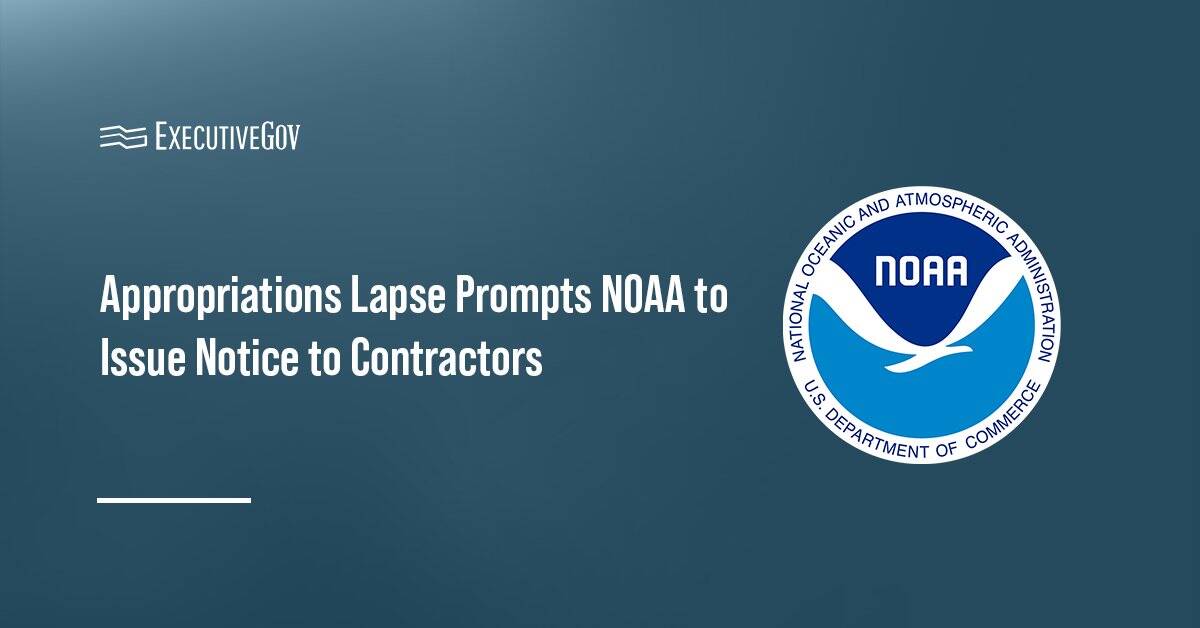NASA’s four CubeSat spacecraft for the Starling mission have met all their key objectives, marking a successful demonstration of autonomous swarm operations in low-Earth orbit.
Over a ten-month period, the swarm of satellites completed the Distributed Spacecraft Autonomy and Mobile Ad-hoc Network, or MANET, experiments, Starling Formation-Flying Optical, or StarFOX, demonstration and Reconfiguration and Orbit Maintenance Experiments Onboard, a.k.a. ROMEO, tests, the space agency said Wednesday.
The distributed autonomy experiment showcased the satellites’ data collection and information distribution abilities, while the MANET experiment demonstrated network communication among the spacecraft swarm. StarFOX, on the other hand, focused on autonomous swarm navigation, while ROMEO tests looked into onboard maneuver planning and execution.
“The success of Starling’s initial mission represents a landmark achievement in the development of autonomous networks of small spacecraft,” said Roger Hunter, program manager for NASA’s Small Spacecraft Technology program at Ames Research Center.
NASA plans to move on to testing Starling swarm’s space traffic coordination in partnership with the Starlink constellation of SpaceX.
“Starling’s partnership with SpaceX is the next step in operating large networks of spacecraft and understanding how two autonomously maneuvering systems can safely operate in proximity to each other,” shared Hunter. “As the number of operational spacecraft increases each year, we must learn how to manage orbital traffic.”





